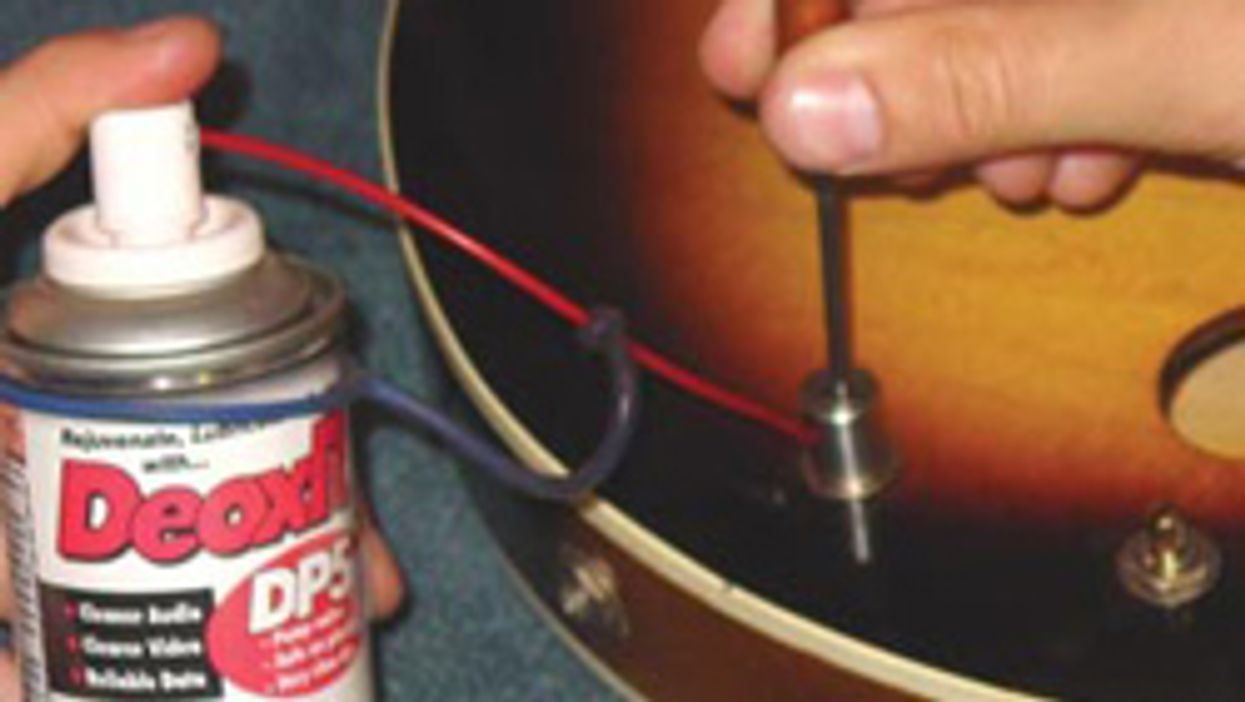Search
Latest Stories
Start your day right!
Get latest updates and insights delivered to your inbox.
bgf-elixer-brownsguitarfactory-fingerboard-bridge-tailpiece-carson-lulic-stewpac-cleaning-pots-cap-amp-short-scale-neck-nickel-flatwound
Don’t Miss Out
Get the latest updates and insights delivered to your inbox.
Recent
load more

